Esper Machine (Blade Runner, 1982)
 Saturday, September 24, 2011 at 6:36PM
Saturday, September 24, 2011 at 6:36PM I'm in San Sebastian, Spain preparing to give a talk at the International Conference on the Image and have been thinking a lot about just how we define the nature of the "image" in today's environment. I recently went back and watched a lot of old movies from my youth. There is a great scene in Ridley Scott's 1982 film, Blade Runner, where Harrison Ford uses a device, that the script referred to simply as the "Esper Machine", to analyze some found photographs he believes belong to the genetically engineered replicants that he is tasked with "retiring".
In my research for the talk this scene struck me as an early precursor to some of the emerging technolgies in digital imaging, ie; dual-photography or light-field photography. I thought it was fun to have a look at the original images from the film here.
The Esper sequence was achieved by taking a series of still photos on a small set and then assembling them on an animation stand to create a piece of film that was transferred to videotape for playback on the Esper prop. Most of the material here is from an early version of the Esper sequence that was eventually re-shot, but includes 35mm positives and 8 x 10 in. transparencies that were eventually used to create the Polaroid of Zhora that Deckard prints out of the Esper.
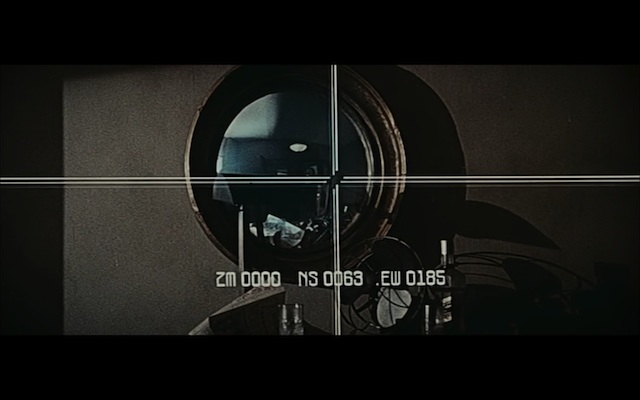
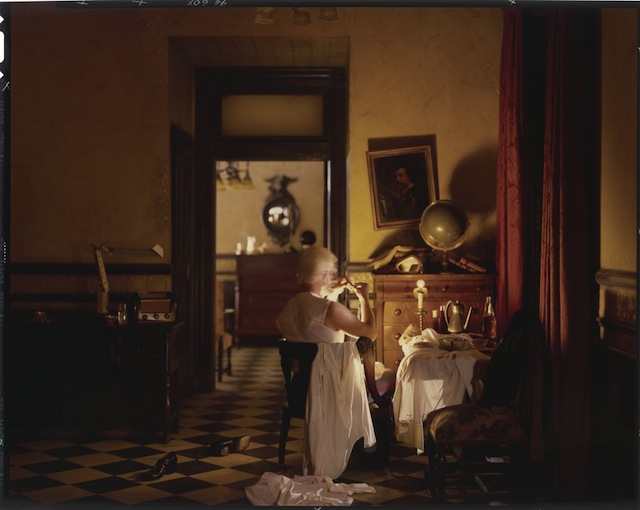
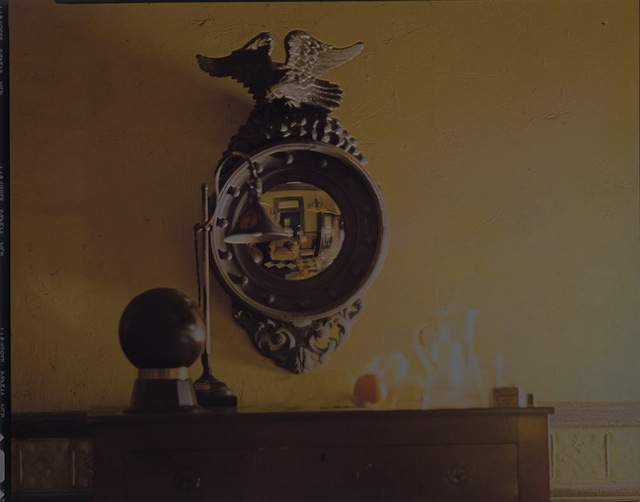
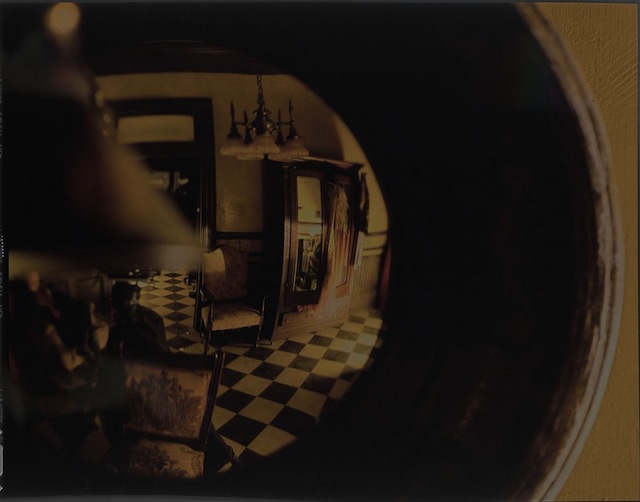
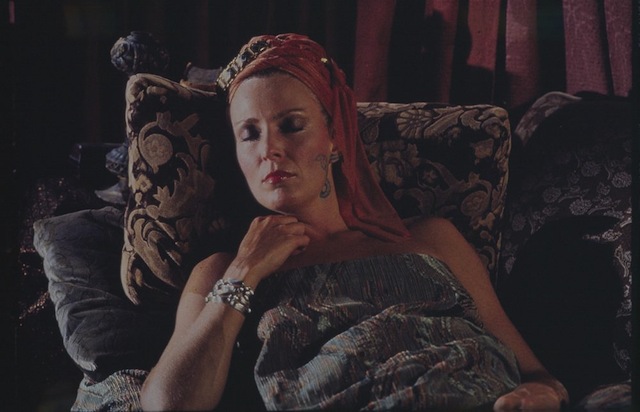
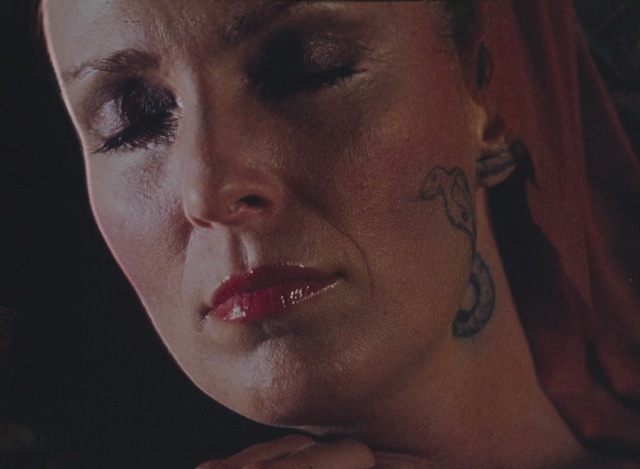
 Matt Wallin |
Matt Wallin |  1 Comment |
1 Comment |
Reader Comments (1)
Thank you so much for posting these photos and the explanation behind them which cleared up some of my curiosity about the Esper sequence in BLADE RUNNER. Like so many fans of the film to me it is one of the most compelling and mysterious parts of the film, an on-the-edge conflation of science and almost magical shifting of perceptions. I always wondered about how it was done, and how the idea of the past for the replicants was symbolised by it. cheers Matt, for giving me an extra Esper's insight!